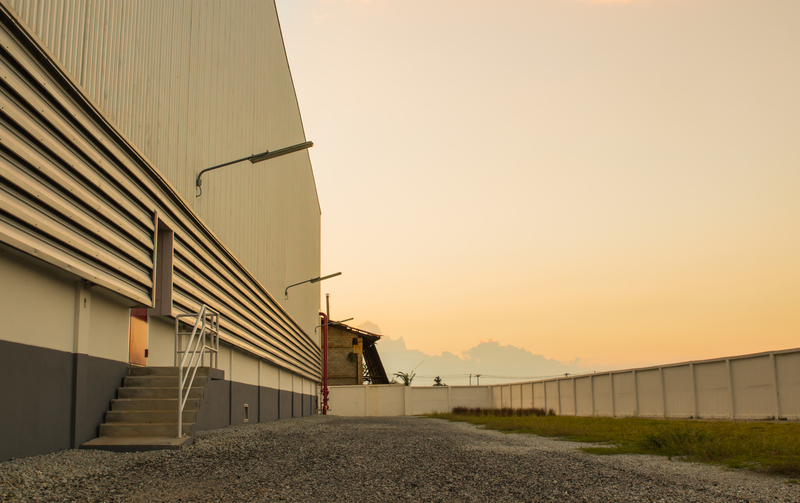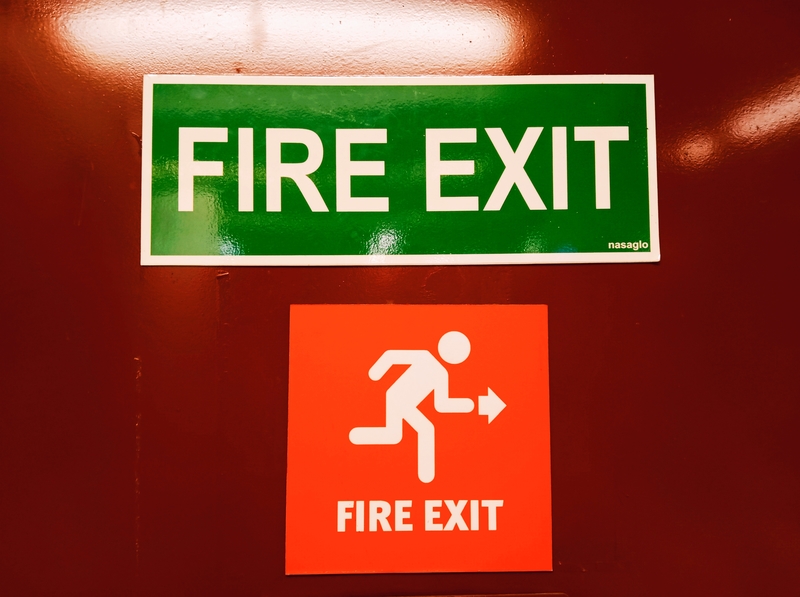
The Difference Between Fire Doors & Fire Exits
Fire Doors & Fire Exits – What’s the Difference?
Do you know the difference between fire doors and fire exits? No? Not to worry, it can be confusing at times, but that’s where we come in. Here at Access Services, we offer a range of fire and personnel doors in order to maximise the security of your property. Today, we will be covering the key differences between fire doors and fire exits, so, if you would like to find out more, continue reading.
Fire Doors
Fire doors are constructed with a fire-resistance property that can withstand fire or extreme heat for a minimum of 30 minutes and a maximum of 120 minutes. Also, the safety doors can reduce and restrain the spread of fire and smoke ensuring that employees can remain safe in the case of a fire.
Where are Fire Doors Located?
Fire doors are usually installed in high fire risk locations like the kitchen or near a room that has many electrical circuits and flammable items. It is marked by an Exit sign. Fire doors should be kept close to maintain its purpose. However, some can be held open because of its automatic release device that closes immediately as soon as a fire alarm sounds.
Are Fire Doors a Legal Requirement?
Fire doors are usually required for commercial buildings or any domestic dwellings that are two-storey high. It can provide safe escape routes for the people in case of emergencies. Accidents are unpredictable, therefore companies and building owners are responsible to provide annual fire door checks to ensure its effectiveness. There are several guidelines that they need to maintain and strictly follow. On the other hand, occupants should be responsible to know the fire door locations and be aware of its purpose.
What are Fire Doors Made out of?
The doors are made out of a number of different practical materials. This includes materials such as glass, gypsum board (drywall) and aluminium. All of these materials are used in order to ensure that the heat is retained within a specific area. The gypsum board that is incorporated within the fire door is designed with a non-combustible core.
Fire Exits
An external kind of emergency exit. Its primary purpose is to provide a safe way out of the building quickly and serves as an alternative exit in case that the main door is blocked by fire. It can also be used by the rescuers or fire personnel to enter the building and save occupants left inside.

So, What’s the Difference?
Unlike fire doors, fire exits are usually open and accessible. It is prohibited to use sliding or revolving doors. Several advisable locks allow easy openings by anybody. These are push bars, emergency push pads, the Rediam emergency bolt, the Kingpin emergency bolt, and a maglock.
Fire exits cannot be locked or blocked, and must always be clear. Items that are a source of fuel, a possible cause of ignition, or are combustible and likely to increase the fire loading or spread of fire, should not be located in any corridor, stairway or communal space that will be used as an escape route.
It must have an emergency light in case of electric interruption or heavy smoke. It leads to a place of safety once you reach the end of the exit. It can be easily found by checking the fire exit label right above the door.
Are Fire Exits a Legal Requirement?
The more occupants stay in a building, the more fire exits needed to be installed. It is important to know that fire exits do not withstand fire like fire doors. They do not have fire-resistant ratings so you must move quickly once you passed through the exit route.
To find out more about how we can help you, get in touch today on 01933 275 091 to speak to our friendly team or pop us an email at sales@access-services.co.uk.

